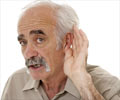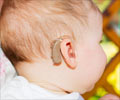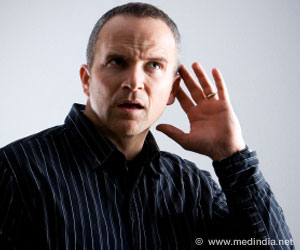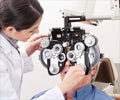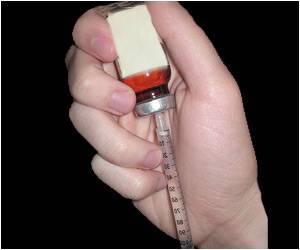Ear, Hearing Loss, Thyroid Eye Disease, Teprotumumab, Muffled Hearing
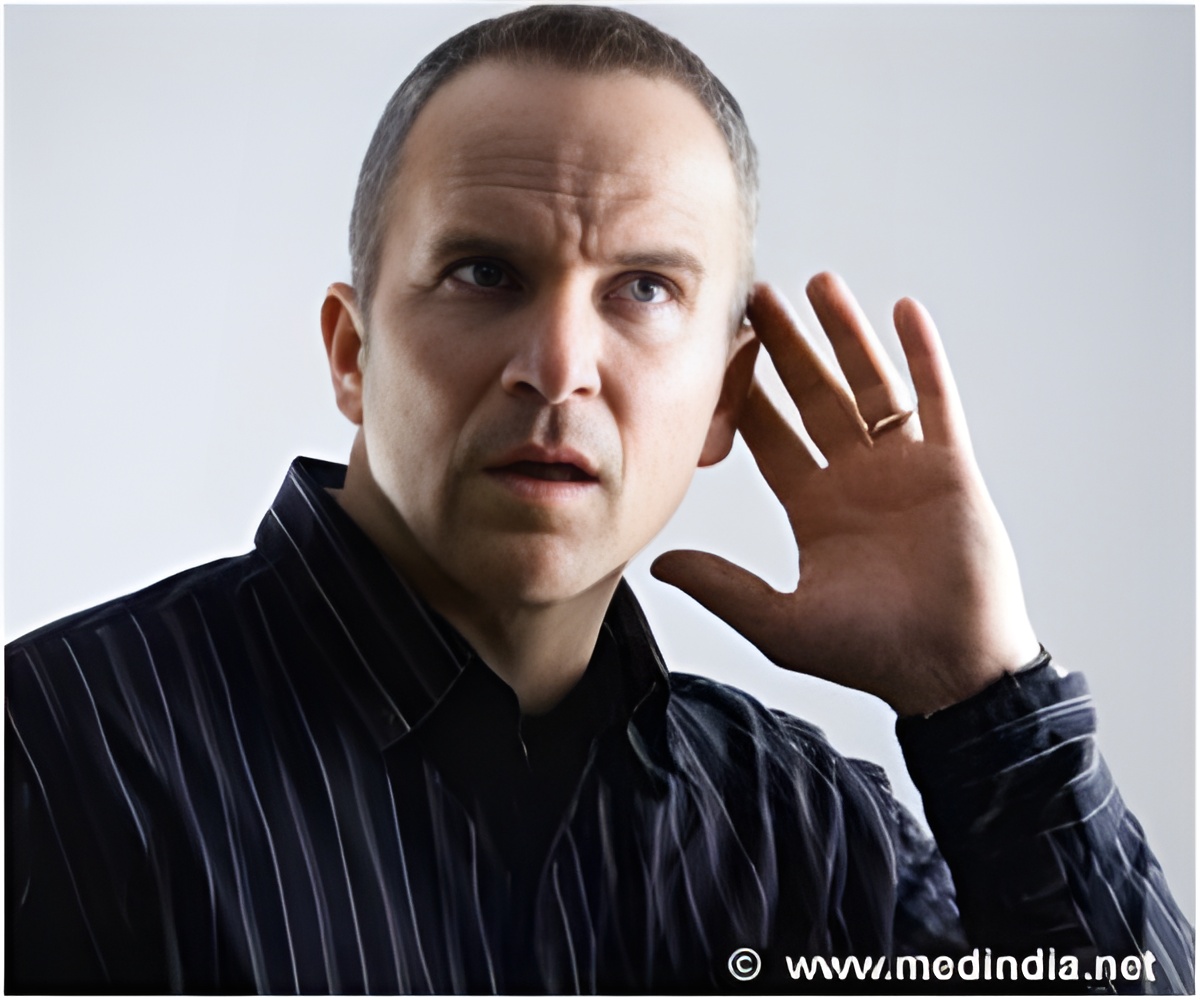
‘Increased risk of hearing impairment such as hearing loss or muffled hearing from a new treatment for thyroid eye disease, teprotumumab, is found to affect 65 per cent of patients. This raises the awareness on the incidence of otologic symptoms & recommends screening precautions, such as baseline audiogram testing to better understand this potential side effect and evaluate the risk factors for hearing loss and the reversibility of symptoms.’





Teprotumumab is an effective therapy for thyroid eye disease. Significant improvement is observed by the weekly thrice (total of eight) infusions treatment in the abnormal protrusion of the eyes (proptosis), double vision, soft tissue inflammation and quality of life. Thyroid eye disease is an autoimmune disease in which the eye muscles and fatty tissue behind the eye become inflamed. Symptoms can include dry, watery, red or bulging eyes, a "stare," double vision, difficulty closing the eyes, and problems with vision. It is primarily associated with an overactive thyroid gland due to Graves' disease.
Hearing Loss as a Side Effect of Teprotumumab
The study team evaluated the incidence of hearing symptoms in patients treated with teprotumumab on 26 patients who had at least four infusions of the drug. Seventeen patients (65 per cent) complained of otologic symptoms when questioned.
The most common symptoms were subjective hearing loss (n=6, 23 per cent), tinnitus, or ringing in the ears (n=7, 27 per cent), ear plugging sensation (n=3, 12 per cent), and autophony, an unusually loud hearing of a person's own voice (29 per cent). Otologic symptoms developed after an average of 3.6 infusions.
Advertisement
Thus the study raises the awareness on the incidence of otologic symptoms & recommends screening precautions, such as baseline audiogram testing to better understand this potential side effect and evaluate the risk factors for hearing loss and the reversibility of symptoms.

